Table of Contents
Group Dynamics and Education:
Society and Groups:
There are many small groups in society. These groups have been created for the fulfilment and achievement of different aims and interests. Human feelings are changing and so in changing nature of society, there is every possibility of change in human interests, aims and requirements.
Educationists have reached the conclusion that some aims or interests are always present at the back of the formation of these groups. Generally, the aim of these groups is to find out the solution to a problem and acquire knowledge or understanding of the members of the society.
School and Group:
All the lovers of education know that groups in educational institutions are formed on a cooperative basis to encourage the healthy instinct of the students. Different societies and associations are formed so that the students may learn to work in co-operation with each other.
Ottaway, has, in his book ‘Education and Society’ said:
“All groups come into being with one interest in common. The members come together with a purpose, and their aim may be called co-operation of some kind, whether it be for learning, for better understanding of each other, or for deciding an action to be taken”.
Group and Mutual Cooperation:
For mutual co-operation, it is essential that all members should actively participate in the programme. It means that no member can withdraw from the work of the group. Along with this, it is also necessary that each member should participate in each programme with his full interest and zeal.
All the activities or programmes are performed for the common benefit of all the members. Thus, sometimes the individual interest is neglected there. These groups are mainly formed on democratic lines achieving certain aims.
Objects of Group Programmes:
There are three main things in the participation of the group programmes-
- Expression.
- Thinking.
- Feeling.
There are different ideas of the members which ultimately appear in a common determination. This is expression.
Under the second head, “thinking”, there is a common tendency in all people to think in the same way. Though they think on individual lines, still they easily arrive at common decisions.
Feeling means that all the members of the group feel in the same way while they are in a group. So there should be a permissive atmosphere amongst the members so that they may express their feelings frankly. In this way, they shall find out a common solution.
So there are different groups and associations in the society and hence there are different interests and tastes. Thus there is a cycle of interests that affects people in different ways.
Ottaway Says:
“The cycle on interests-participation cooperation cannot be given a certain time in which it will take place. It may be repeated several times within one meeting of the group, or on the other hand, several meetings may take place before any co-operation has been achieved. Each time successful co-operation is reached the group reached a new level of interests and participation continues in a new situation”.
Inspired by a common interest some people come into a group for achieving a particular aim. Sometimes, the individual interests become more powerful due to which some tension is created among the members. Hence there comes a distraction in them. This distraction is caused by three reasons-
- Intail.
- Seeking role.
- Opinions differ.
‘Intail’ denotes that there is a priority of personal goal, interest and attention in the individuals.
‘Seeking role’ means that the individual has a will to show the importance and he wants to leave on others a stamp of his influensive personality.
Opinions Differ- There is a difference of ideas in the people.
But there are again two feelings behind “seeking role”. In one, man desires to contribute something while in the other there is only dramatizing.
Participation:
After this level, there comes participation. Three different steps arise in participation.
- Expression.
- Thinking.
- Feeling.
It means that the difficulties in expression, thinking and feeling sometimes create obstruction in the way.
Tension:
Now comes tension. Under these, three points are to be taken into account:
- Open conflict.
- Inter personal adjustment.
- Frustration.
Open conflict, interpersonal adjustment and frustration create a tense situation for the members, but after some discussion, they arrive at a common standard that is acceptable to all.
Cooperation:
After this, we come to a cooperation level. Because all the members are in hurry to come to a decision, they meet at this stage. It has three steps-
- Learning.
- Understanding.
- Action.
These three situations help the group to achieve its goal.
Thus, the cycle of different interests is always moving in society.
In regard to Tension, Ottaway has said:
“The members meet together with some common purpose. There is a chairman director or leader of some kind whatever he is called. All the groups have a leader. If they begin without one they acquire one, or more than one, in the course of their proceedings”.
He has further added, “Finally cooperation begins and energy flows freely. Members of the group become oriented with their wills pulling together and there is a feeling that a new source of energy has been tapped. The deliberations are led to a new level and tension. Ultimately a successful group provides for all its member’s opportunities for (a) new learning and the enrichment of the personality, (b) further understanding and better human relations and (c) action in the common task”.
Functions of the Leader:
Following are the qualities of the leader of a small group or association-
(1) A leader of the group should possess the ability to observe the speed and process of group activities.
(2) The leader should be all friendly. He should also possess the capability to make friends. He should have sufficient confidence in himself.
(3) A leader should think of himself as an essential organ of the group. He should not suffer superiority complex. Then only he would command respect from all. He should possess such qualities that all may have regard for him.
(4) Yet another essential requirement for a leader is that he should be honest. He should keep his mind open.
(5) The main function of the leader is to prepare such a background that no tension may arise among the members and they may all arrive at a commonly accepted solution.
(6) He should also be acquainted with the personal limitations and behaviours of every member of the group, so that it may not be difficult to find the solution to any problem. He should never lose his temper and he should have p[atience, tolerance, control and discretion, and enthusiasm for work.
(7) The leader should furnish all possible information to the members. It means that he should possess the power of keen observation in regard to the activities of the members and the ability to control adverse situations. He should apply his foresightedness in tackling the situations.
(8) The leader should take note of the general representation of the views in the group and then only any decision should be held.
In this sphere of education, the views of Prof. Ottaway are worth looking at. He writes:
“In educational groups where direct teaching takes place it must be realized that while most of the above principles hold, the position of the leader is a different one While the teacher often acts as a group leader, he is after all a professional teacher. This means he is not a group of approximate equals so far as knowledge of experiences is concerned. The class must clearly accept this distinction, but still should regard the teacher in a sense as one of them and engaged in a joint enquiry with them. It is still his task to encourage in his class the active wish to learn instead of passively to listen while they are told. As a matter of good teaching technique, he needs to restrain himself as the leader and let the class do the thinking for themselves”.
So, according to Ottaway, the relationship between the social ideals and the teacher becomes obvious. These views indicate that education imparted by the groups to the students would be democratic, beneficial and practical for the development of the society. Before implementing these patterns in the sphere of education it would require sufficient modification and change in accordance with the circumstances of the society.

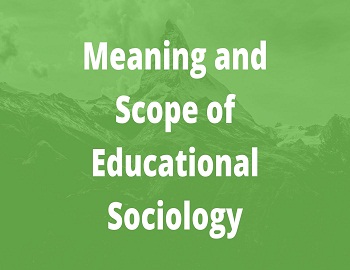


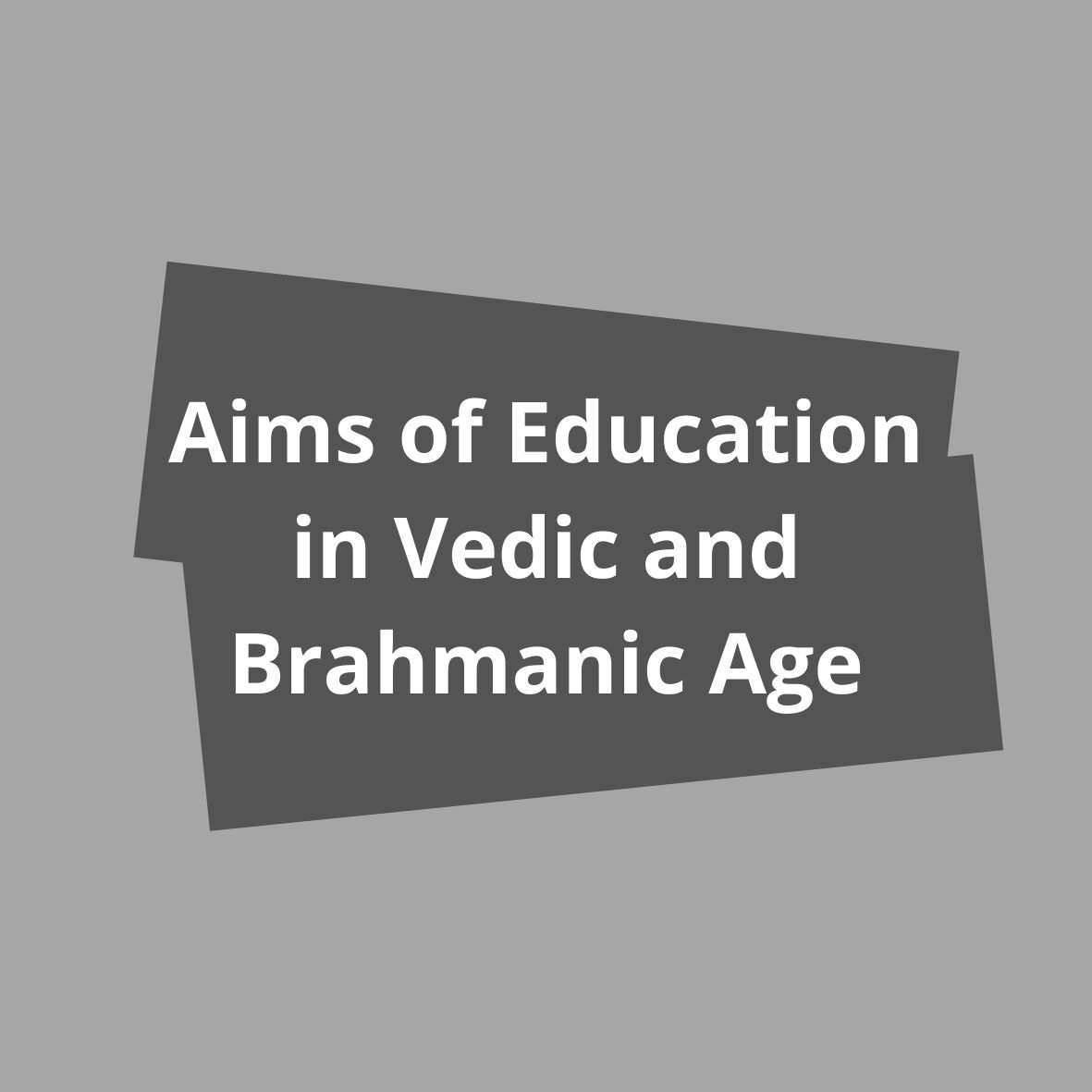
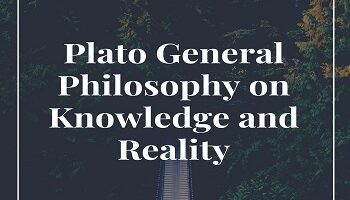
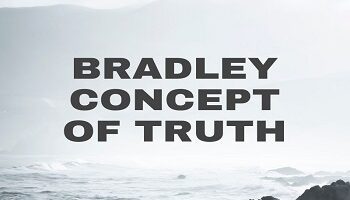

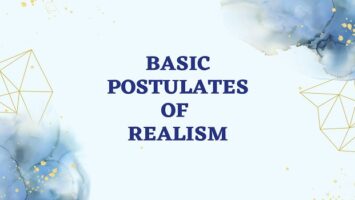
Comments (No)